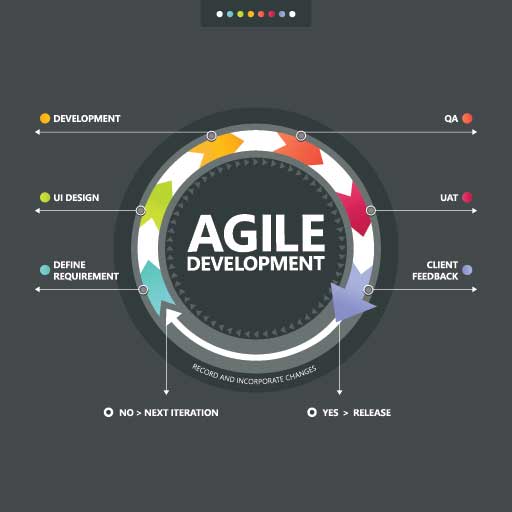I was recently attending a conference (virtually, of course) that focuses on leadership and the related trends. Every year there is an idea or two that is the current hot topic. This focus has included familiar things like EQ and grit in the past years. One somewhat new theme this year was resilience. It is a trait we have all heard of, but it may be the next big thing to measure in getting the “best” employees. It may also be a metric you can use to determine how to improve yourself professionally and in your personal life.
Resilience Assumes Challenges
There is an old phrase, “hope for the best and plan for the worst.” It is safe to say that most of us accept that life will be full of challenges. It is hard to live very long without that being proven out. Therefore, our ability to react to and overcome obstacles is a critical factor in our success. You hear this concept in sports all the time. Every championship team had moments where they overcame a challenge and advanced on the path to becoming a champion. Every business’s success is the same. There are “overnight” successes that come faster than expected. However, most companies have a long and bumpy history that continues to the current moment.
A Measure of Succes
When you assume that every journey will include obstacles you must also accept that every journey has an opportunity for being derailed. There are substantial obstacles to face like the global shutdown due to COVID. However, there are more often smaller obstacles like a change in requirements or delays or miscommunication. We are required to overcome all of these to reach success. That logically flows to the idea of building a team that possesses resilience. This trait can come from individuals or it can be how the team members support each other. Sometimes there is not only safety in numbers, but also resilience.
Positive Attitude
The points made thus far are realistic, not pessimistic. Stuff happens. We can rail against it or bemoan our situation. Nevertheless, it is where we find ourselves. When we face these situations we can move forward or dwell on our misfortune. It seems obvious that moving forward is the best approach. However, we sometimes get stuck in these challenging moments. Resilient people take these sort of setbacks in stride. That is not only a valuable trait, it is also one that is relatively easy to see. Of course, levels of resilience can be difficult to measure, but it is not hard to see if someone possesses some level of it.
Tactics and Approaches
At the risk of being obvious, I think it is worthwhile to look at some of the things we see in resilient individuals or teams. There are actions that come from this trait and show that tendency to push forward. Here are some things to look for that can easily be worked into an interview (or self-reflection).
- Acceptance – Moving requires action. Thus, the time spent on bemoaning a situation increases the time spent on it.
- Blame – Looking for blame or a way to shift responsibility to others does not contribute to overcoming the obstacle.
- Progress – Resilient people and teams move through options and avoid getting stuck on a single option as well as analysis paralysis.
- Optimistic – It is hard to tackle a problem that you think is a lost cause. Resilience almost requires some element of a positive attitude or at least hope.
- Analysis – One can spend too long analyzing a situation. However, resilient people have the ability to dig into a challenge in an unemotional way in order to see where things went wrong or look for ways out of it.
- Roll With It – Much like acceptance, resilience often includes an ability to “shrug off” setbacks. Thus, challenges are assumed to exist and do not slow down teams or individuals with this trait. This factor points back to that “plan for the worst” concept.
- Absolutes and Clarity – In my personal experience, I find that resilient people are less likely to talk in absolutes when talking about an approach. They leave open the idea that changes to their plans may (or will) be required.
Nothing New Under The Sun
All of us have been exposed to the resilient trait in people and teams. However, it can often be lost in the shuffle of other skills and attributes we look for in a team or hire. Therefore, it is worth our time to consider how it can factor into our approach and processes. There is no question that finding the right hire and building a team are complex and complicated feats. Likewise, we must avoid letting critical factors fall through the cracks.


